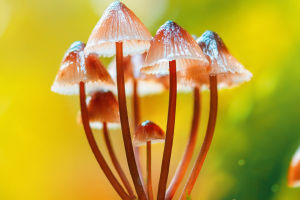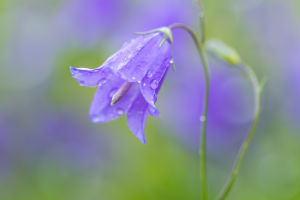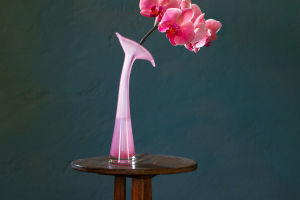Growing Beautiful Tulips
Tulips, one of the most iconic flowers in the world, symbolize beauty, elegance, and the arrival of spring. Known for their vibrant colors and unique cup-shaped blooms, tulips have enchanted gardeners and flower enthusiasts for centuries.
This guide provides essential information about tulips, from their history to how to grow them in your garden.
A Brief History of Tulips
Tulips originally come from Central Asia and were first cultivated by the Turks in the Ottoman Empire. However, it was the Dutch who truly embraced the flower in the 17th century, leading to the famous "Tulip Mania" where bulbs were traded for exorbitant prices. Today, the Netherlands is the largest producer of tulips, exporting millions of bulbs worldwide every year.
Types of Tulips
There are over 3,000 registered tulip varieties, categorized into 15 different groups based on their bloom shape, size, and time of flowering. Some popular types include:
Single Early Tulips: These tulips bloom early in spring and have single-layer petals.
Double Late Tulips: Known for their peony-like blooms, these tulips have multiple layers of petals.
Parrot Tulips: These tulips have ruffled petals and come in a wide range of colors, resembling exotic birds.
Triumph Tulips: The most common type, triumph tulips bloom in mid-spring and are often used in bouquets and flower arrangements.
Growing Tulips: A Step-by-Step Guide
Tulips are relatively easy to grow, making them a favorite among gardeners. Here’s how you can cultivate them successfully:
Planting Time
Tulips should be planted in the fall, around 6 to 8 weeks before the first frost. This gives the bulbs time to establish roots before winter.
Choosing the Right Spot
Tulips thrive in full sunlight, so choose a location in your garden that gets at least 6 hours of sunlight per day. Well-draining soil is crucial as tulip bulbs can rot in waterlogged areas.
Planting the Bulbs
- Dig a hole about 6 to 8 inches deep.
- Place the bulb pointy side up, spacing them about 4 to 6 inches apart.
- Cover with soil and water thoroughly to encourage root development.
Caring for Tulips
Once planted, tulips require minimal care. Water them regularly during dry spells but avoid overwatering. Fertilize in early spring with a balanced fertilizer to promote healthy blooms.
Post-Bloom Care
After tulips bloom, allow the foliage to die back naturally as this helps store energy in the bulb for next year’s growth. Once the leaves have yellowed and dried, you can trim them back.
Tulip Colors and Their Meanings
Tulips come in a variety of colors, each carrying a different symbolic meaning:
Red Tulips: Symbolize love and passion.
Yellow Tulips: Represent happiness and cheerfulness.
White Tulips: Convey purity and forgiveness.
Purple Tulips: Associated with royalty and elegance.
Pink Tulips: Stand for affection and care.
Tulips in Landscaping and Arrangements
- Tulips are perfect for brightening up gardens, parks, and indoor spaces. Their versatility allows them to be planted in flower beds, borders, or pots. In flower arrangements, tulips are often paired with roses, lilies, and daffodils to create stunning bouquets.
- For landscaping, plant tulips in groups for a bold display of color. You can mix different varieties to create a layered effect, with early-blooming tulips at the front and late-blooming varieties in the back.
Conclusion
Tulips are a timeless symbol of spring and bring a touch of color and joy to any garden or home. Whether you’re an experienced gardener or a beginner, growing tulips is a rewarding experience that allows you to enjoy their beauty year after year. So, with proper care, Lykkers, tulips will bloom gloriously, making your garden the envy of the neighborhood.
KEUKENHOF 🇳🇱 AMSTERDAM Drone 4K World's largest Tulip Fields 2024
Video by Polychronis Drone


